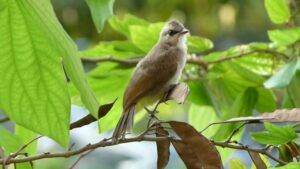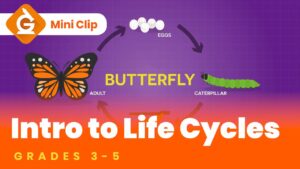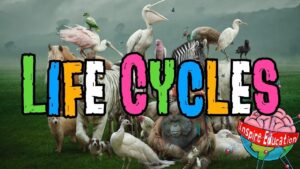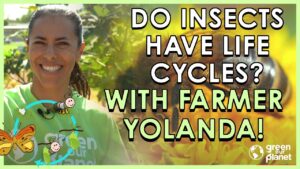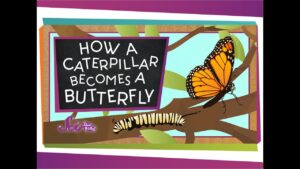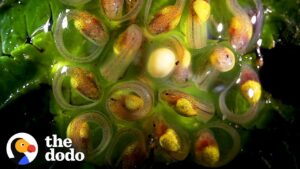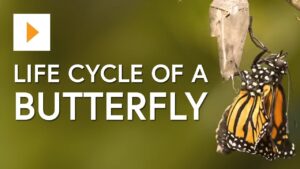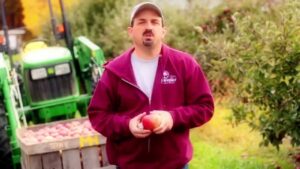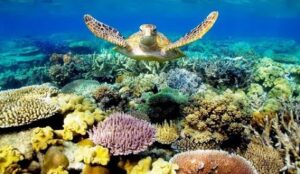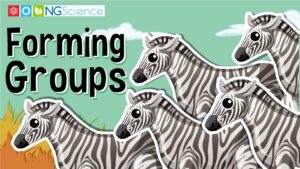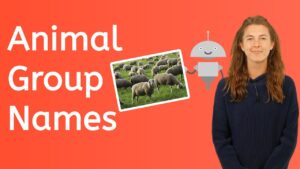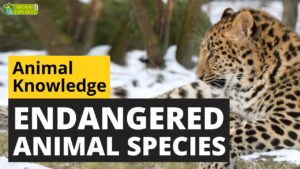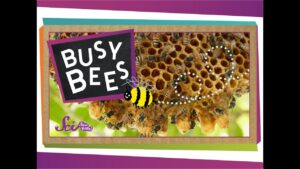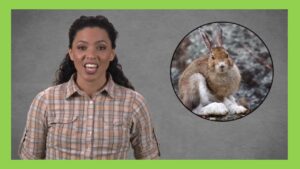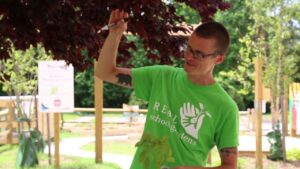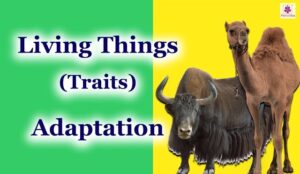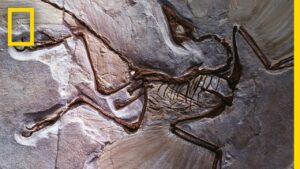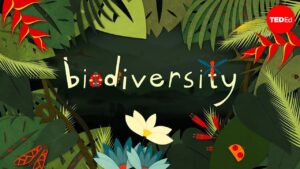In this video, students will learn about variation, and how it can be controlled by genetics, the environment, or sometimes both. The video features many cute baby animals. You will have immediately observed how cute and fluffy they are but you will also have noticed that they are different – they vary. But why? It can be due to genetics, the environment, or a combination of both. Different members of a population have different DNA unless they are identical twins. This means they have different versions of genes, called alleles, and these alleles give rise to different characteristics. If the species reproduce by sexual reproduction, the random mixing of alleles from both parents results in extensive genetic variation within a population of a species.
Some variation is due to the environment, or lifestyle of the organisms. Examples in humans are hair length and accent. These are characteristics that you acquire throughout your life.
Many characteristics are due to a combination of both genetics and the environment. For example, the height a person can grow to is determined by genetics – tall parents tend to produce tall children. However, a person will not grow to their potential height unless they eat a healthy, balanced diet.
This video satisfies the 3-LS3-1 and 3-LS3-2 requirement for third-grade science proficiency.
Students who demonstrate understanding can:
3-LS3-1. Analyze and interpret data to provide evidence that plants and animals have traits inherited from parents and that variation of these traits exists in a group of similar organisms.
3-LS3-2. Use evidence to support the explanation that traits can be influenced by the environment.







